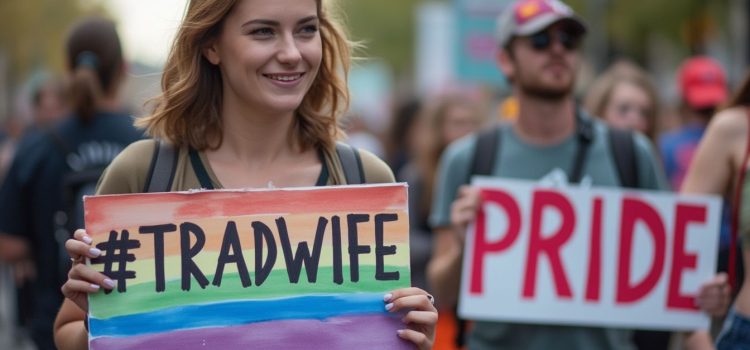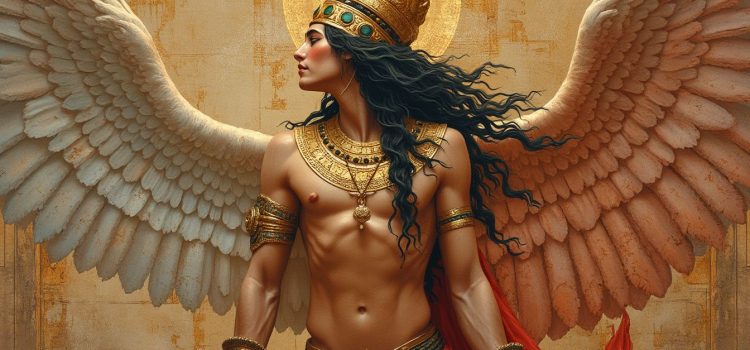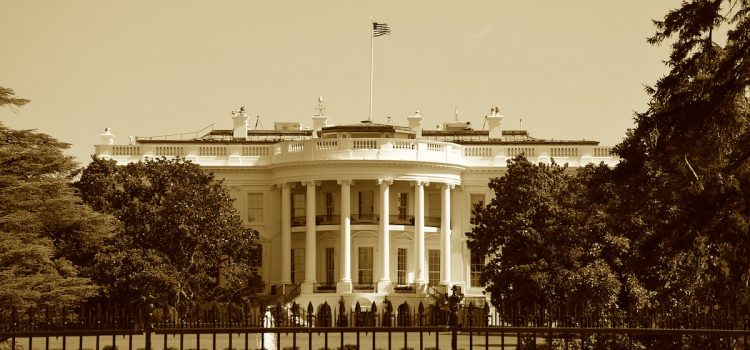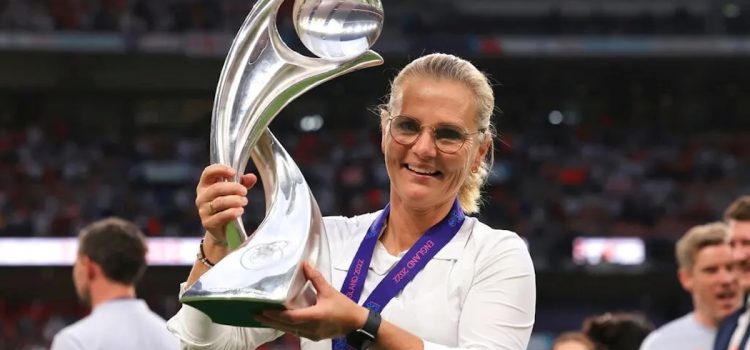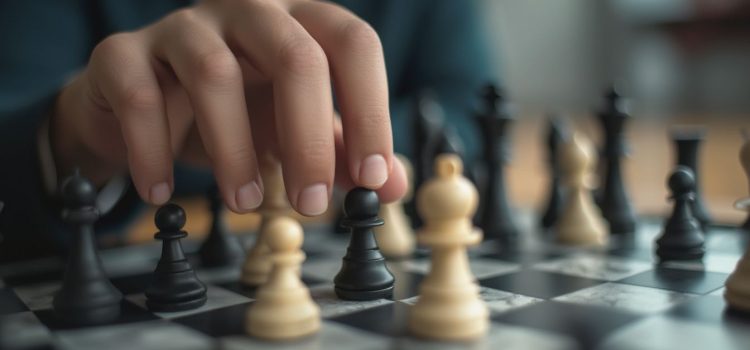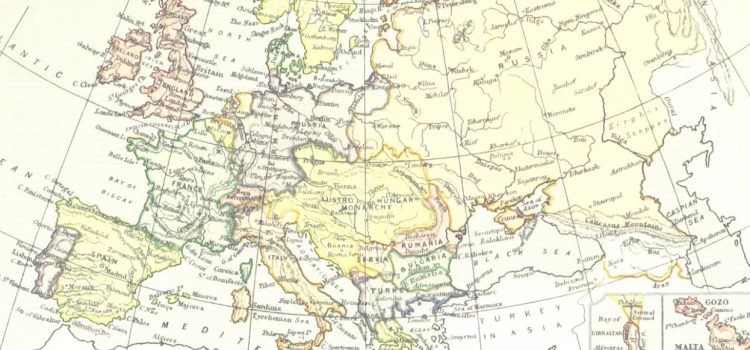How has society’s understanding of exhaustion evolved over centuries? What makes today’s digital workplace uniquely exhausting? While we’ve suffered from exhaustion throughout history, today’s version is different. Often seen as workplace burnout, it’s exacerbated by digital overload and the blurring of lines between work and home life. Continue reading to learn about the history of burnout and what can be done to lessen the severity.
The History of Burnout: Which Generation Had It Worse?


